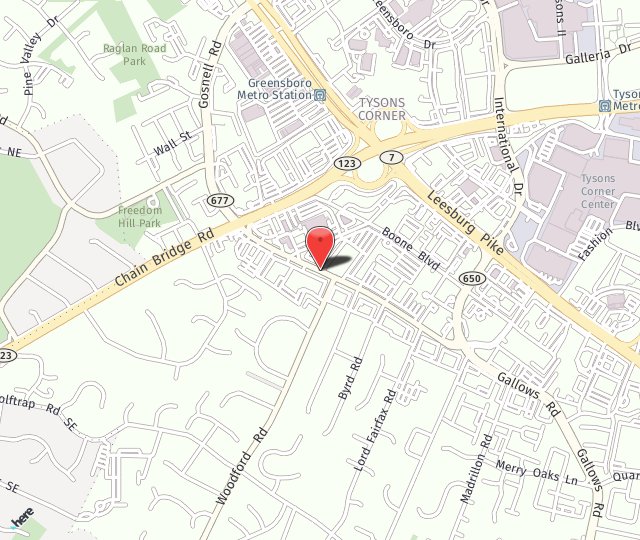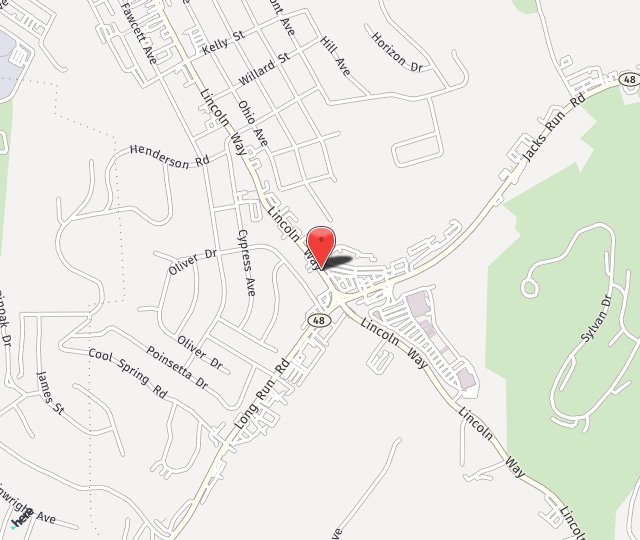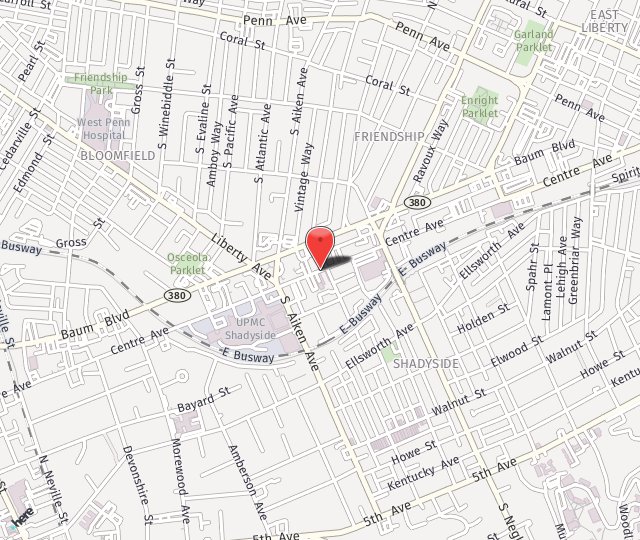What does a Chemical Peel do?
All chemical peels remove outer layers of the skin, though how many layers depends on the intensity of the peel. After a healing period, which also varies with the intensity level, skin is left feeling softer and smoother. Superficial issues such as acne or acne scars, fine lines and wrinkles, and hyperpigmentation should be improved, if not completely corrected. And because chemical peels sweep away complexion-dulling dead skin cells, they leave faces with a radiant glow.
Are there different types?
There sure are. Peels are formulated as light, medium, or deep chemical treatments, based on the chemicals used and how they are formulated. The treatment that's right for you will depend on what you're hoping to treat and how much downtime you're willing to endure. You should always consult with your dermatologist before undergoing any chemical peel.
What chemicals are in the peel?
Each peel is slightly different, and the exact formula will depend on the intensity level of the treatment. However, the most common chemicals used in peels are alpha hydroxy acids (AHAs), beta hydroxy acids (BHAs), trichloroacetic acid (TCA), and phenol. AHAs and BHAs are the lightest acids, often used in light chemical peels. TCA can be used in many different formulations. Last but not least, phenol is the strongest chemical and only used in deep peels.
Is there downtime?
Yes, all chemical peels require some downtime. Light flaking, irritation, and peeling usually occur for a few days after light peels. It can take up to six weeks for skin to return to its normal appearance following a medium chemical peel. Deep chemical peels are closer in nature to a surgical treatment—patients are usually asked to rest their skin for two weeks before they're able to resume normal activities or wear makeup. Skin may remain red in appearance for up to three months.
What are the expected results?
The results of chemical peels will vary for every patient and are dependent on the level of chemical peel. The American Society of Plastic Surgeons recommends asking your doctor about what results you can expect during your pretreatment consultation.
That said, chemical peels are intended to improve the appearance of:
- Acne or acne scars
- Age and liver spots
- Fine lines and wrinkles
- Freckles
- Irregular skin pigmentation
- Rough skin and scaly patches
- Scars
- Sun-damaged skin
How do I know if I need a Chemical Peel vs. a different facial treatment?
- Chemical peels are not intended to:
- Treat deep facial lines
- Tighten loose or sagging skin
- Remove broken capillaries
- Change pore size
- Remove deep scars
Can everyone get a Chemical Peel?
The American Society of Plastic Surgeons states that you might not be a good candidate for chemical peel if you have:
- A history of abnormal skin scarring
- Abnormal pigmentation
- Afro-Caribbean or Asian skin
- Facial warts
- Red hair and pale freckled skin
- Used certain acne treatments within the last year




